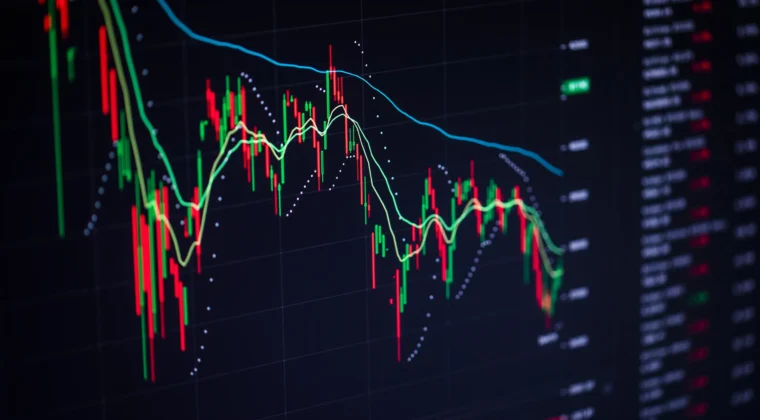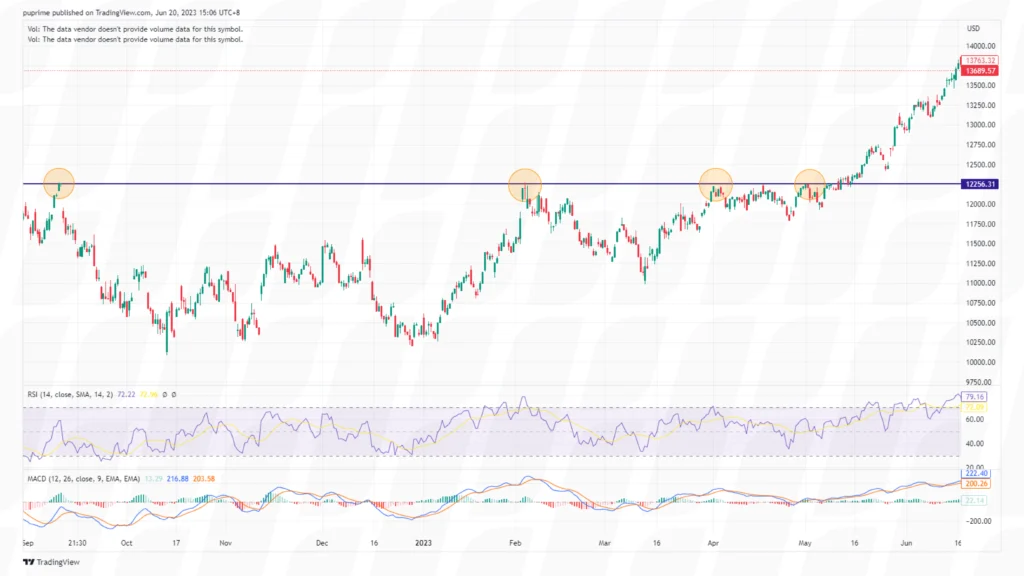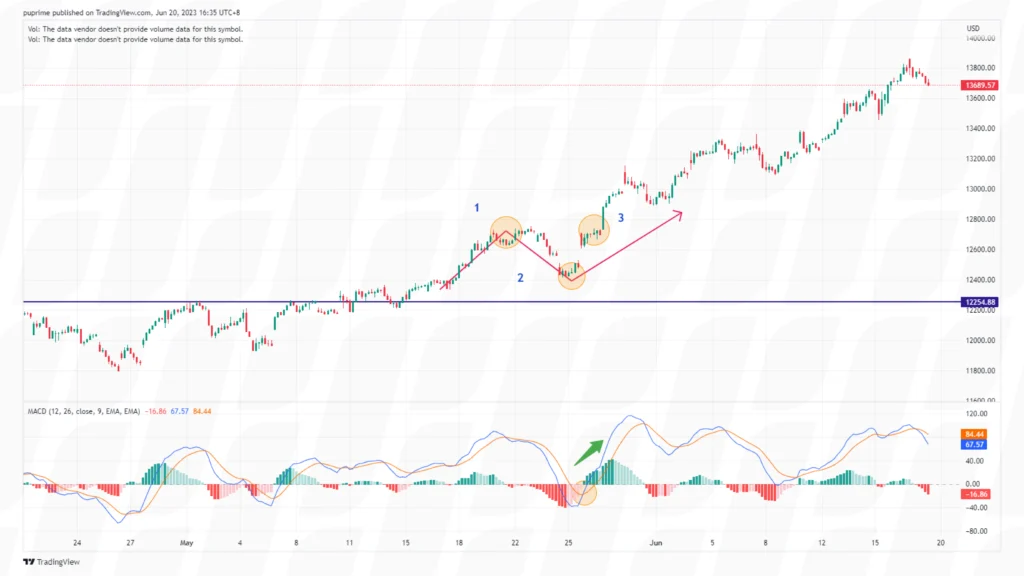
Breakout trading strategy has gained significant popularity among traders seeking to capitalize on powerful price movements in financial markets. By identifying key breakout points, traders can ride the wave of momentum and potentially increase their chances of success. In this comprehensive guide, we will explore the ins and outs of a breakout trading strategy, including their definition, implementation, and risk management techniques. Whether you’re a novice or experienced, mastering these strategies is an essential part of any trader’s toolkit.
Breakout trading strategy involves capitalizing on significant price movements that occur when the price breaks out of a predetermined range or support and resistance levels. Traders believe that such breakouts indicate the beginning of a sustained price movement in the direction of the breakout.
Successful breakout trading hinges on accurately identifying breakout points, which are levels at which the price is likely to exhibit strong momentum. These points can be determined by analyzing historical price patterns, trendlines, or using technical indicators.
Implementing a breakout trading strategy requires careful analysis, strategic entry criteria, and effective risk management techniques. Understanding and mastering these steps will help traders enhance their trading performance and increase their chances of success when employing a breakout trading strategy:

The first step in implementing a breakout trading strategy is to identify the range within which the price has been trading. This range can be defined by support and resistance levels or by a consolidation pattern characterized by relatively narrow price fluctuations.
Traders need specific entry criteria to initiate breakout trades. For a bullish breakout, this involves waiting for the price to break above the upper range boundary, while for a bearish breakout, it entails waiting for the price to break below the lower range boundary. Such breakouts serve as triggers to enter the trade.

It’s crucial to confirm the validity of a breakout before entering a trade. Traders can use technical indicators, such as increased trading volume or momentum indicators like the Moving Average Convergence Divergence (MACD), to validate the breakout signal. For example, in the graph above, point 1 can be regarded as a possible entry point because it is above the resistance level, and the MACD line crosses from below to above the signal line, the indicator is considered bullish.
To manage risk effectively and to avoid a false breakout, prior to entering an order in position 1, traders should be patient and wait for a retracement. As the graph shown above, we can see that the retracement went down to point 2 and shot back upwards. As we wanted to enter at point 1, we can look to go into a long position at point 3, setting a stop loss to as low as point 2.
Additionally, take-profit levels can be established to secure profits once the price has made a substantial move in the anticipated direction.
Breakout trading strategy offers traders a unique approach to capture powerful price movements and potentially generate profits in financial markets. However, like any trading strategy, breakout trading has its own set of advantages and limitations that traders need to consider:

Implementing a breakout trading strategy requires more than just identifying breakout points and entry criteria. Traders must also consider best practices and important factors to navigate the limitations associated with these strategies effectively. These practices will help traders navigate the challenges and limitations of breakout trading, allowing them to make informed decisions and capture profitable opportunities in dynamic market environments:
Breakout trading strategy should be adapted to prevailing market conditions. Volatile markets with strong trends often present excellent breakout opportunities, while choppy or range-bound markets may produce false breakouts. Traders should remain vigilant and adjust their strategy accordingly.
Traders can experiment with different timeframes and technical indicators to enhance their breakout trading strategy. Shorter time frames like intraday charts may be suitable for quick trades, while longer timeframes like daily or weekly charts could capture more significant price movements. Technical indicators can provide additional confirmation or insights into market conditions.
A clear breakout that is coupled with a concurring fundamental factor can be a powerful signal. News releases or the publication of macroeconomic data can coincide with a breakout can also be a form of confirmation, especially if the above technical conditions are met.
Breakout trading strategy offers traders a powerful approach to capitalize on significant price movements in financial markets. By accurately identifying breakout points and employing sound risk management techniques, traders can enhance their trading performance and increase their chances of success. Remember, breakout trading involves inherent risks, including false breakouts, so it’s essential to analyze market conditions diligently and use appropriate risk management tools. With practice and experience, breakout trading strategy can become valuable additions to any trader’s toolkit.

以行业低点差和闪电般的执行速度交易外汇、指数、贵金属等。
